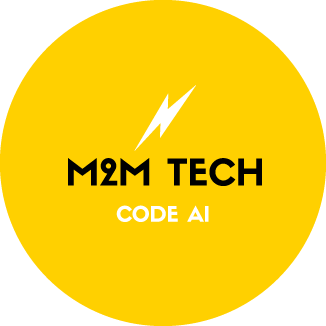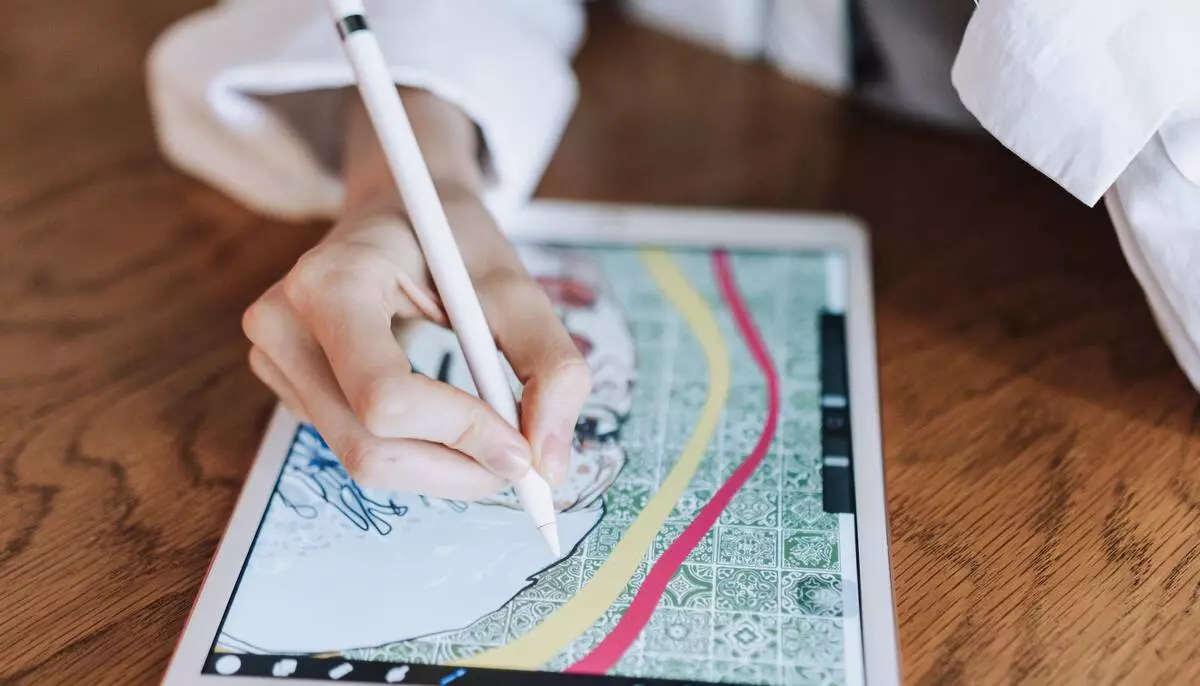What is Animation Artist?
An animation artist, often referred to as an animator, is a highly skilled professional who brings life and movement to characters, objects, and environments through various artistic techniques. These artists use their creativity, technical expertise, and storytelling abilities to create captivating and visually appealing animations in a wide range of media, including films, television shows, video games, advertisements, and more.
One of the core responsibilities of an animation artist is character design and development. They start by creating concept art and sketches to visualize the appearance and personality of the characters. Once the design is approved, they proceed to bring these characters to life by creating sequences of movements known as keyframes. These keyframes serve as the foundation for animating characters in motion and conveying emotions and expressions effectively.
Animation artists work with different animation techniques, including traditional 2D animation, 3D computer-generated imagery (CGI), and stop-motion animation. In 2D animation, artists create drawings frame by frame to produce fluid movements. In 3D animation, they use specialized software to model characters and objects in a digital environment, animating them through a combination of keyframes and physics simulations. Stop-motion animation involves manipulating physical models or objects incrementally and capturing each frame to create the illusion of movement.
Moreover, animation artists often collaborate with other professionals, such as directors, writers, and sound designers, to ensure that their animations align with the overall vision of the project. They receive feedback and incorporate changes to refine their work, working within specific production timelines and adhering to project requirements.
An animation artist's expertise is not limited to creating characters. They also animate objects, backgrounds, special effects, and dynamic camera movements to enhance storytelling and create a visually immersive experience for the audience. Whether it's bringing fantastical creatures to life, depicting realistic action sequences, or crafting emotionally resonant scenes, animation artists play a vital role in creating memorable and impactful animations.
“ Animation Artists create captivating animated content and explainer videos for marketing campaigns, entertainment, e-learning, and more, using tools like Animaker.”
The most important things to consider
Creativity and Artistic Skills: Animation artists are highly creative individuals with strong artistic skills. They possess the ability to bring characters, objects, and environments to life through drawings, illustrations, or computer-generated imagery. Their artistic talent enables them to convey emotions, movements, and storytelling elements effectively, capturing the imagination of audiences and making their animations engaging and visually appealing.
Technical Proficiency in Animation Software: Animation artists must be proficient in using animation software and tools. Whether it's 2D animation software like Adobe Animate or Toon Boom Harmony, or 3D animation software like Autodesk Maya or Blender, they need to have a strong command over these tools to create smooth animations and special effects. Technical proficiency allows them to execute complex animations and work efficiently within production timelines.
Collaboration and Adaptability: Animation is often a collaborative process, especially in larger animation projects like movies or TV shows. Animation artists need to be able to work well within a team, taking direction from directors, producers, and art directors, and effectively incorporating feedback into their work. They also need to be adaptable, as animation styles and techniques may vary depending on the project's requirements. Being open to learning and trying new approaches is crucial for animation artists to continuously improve their craft.
- Salary Low: $40,260.00
- Salary High: $95,194.00
- Education Needed: Diploma

Job Duties
- Consult with clients to establish the overall look, graphic elements and content of communications materials in order to meet their needs
- Determine the medium best suited to produce the desired visual effect and the most appropriate vehicle for communication
- Develop the graphic elements that meet the clients' objectives
- Prepare sketches, layouts and graphic elements of the subjects to be rendered using traditional tools, multimedia software and image processing, layout and design software
- Estimate cost of materials and time to complete graphic design
- Use existing photo and illustration banks and typography guides or hire an illustrator or photographer to produce images that meet clients' communications needs
- Establish guidelines for illustrators or photographers
- Coordinate all aspects of production for print, audio-visual or electronic materials, such as Web sites, CDs and interactive terminals
- Coordinate sub-contracting
- Work in a multidisciplinary environment
- Supervise other graphic designers or graphic arts technicians
- Consult with clients to determine the nature and content of illustrations in order to meet their communications needs
- Develop and produce realistic or representational sketches and final illustrations, by hand or using computer-assisted design (CAD) software, for printed materials such as books, magazines, packaging, greeting cards and stationery
- Assist in developing storyboards for electronic productions such as multimedia, interactive and digital products and television advertising and productions
- Produce 2-D and 3-D animated drawings or computer illustrations
- May adapt existing illustrations
Employment Requirements
- A university degree in visual arts with specialization in graphic design, commercial art, graphic communications or cartooning or completion of a college diploma program in graphic arts is required.
- Experience or training in multimedia design at a post-secondary, college or technical institution may be required.
- In addition to the arts, training in biology, engineering, architecture or a scientific field is usually required for medical, technical and scientific illustrators.
- Creative ability and artistic talent, as demonstrated by a portfolio of work, are required for graphic designers and illustrators.








